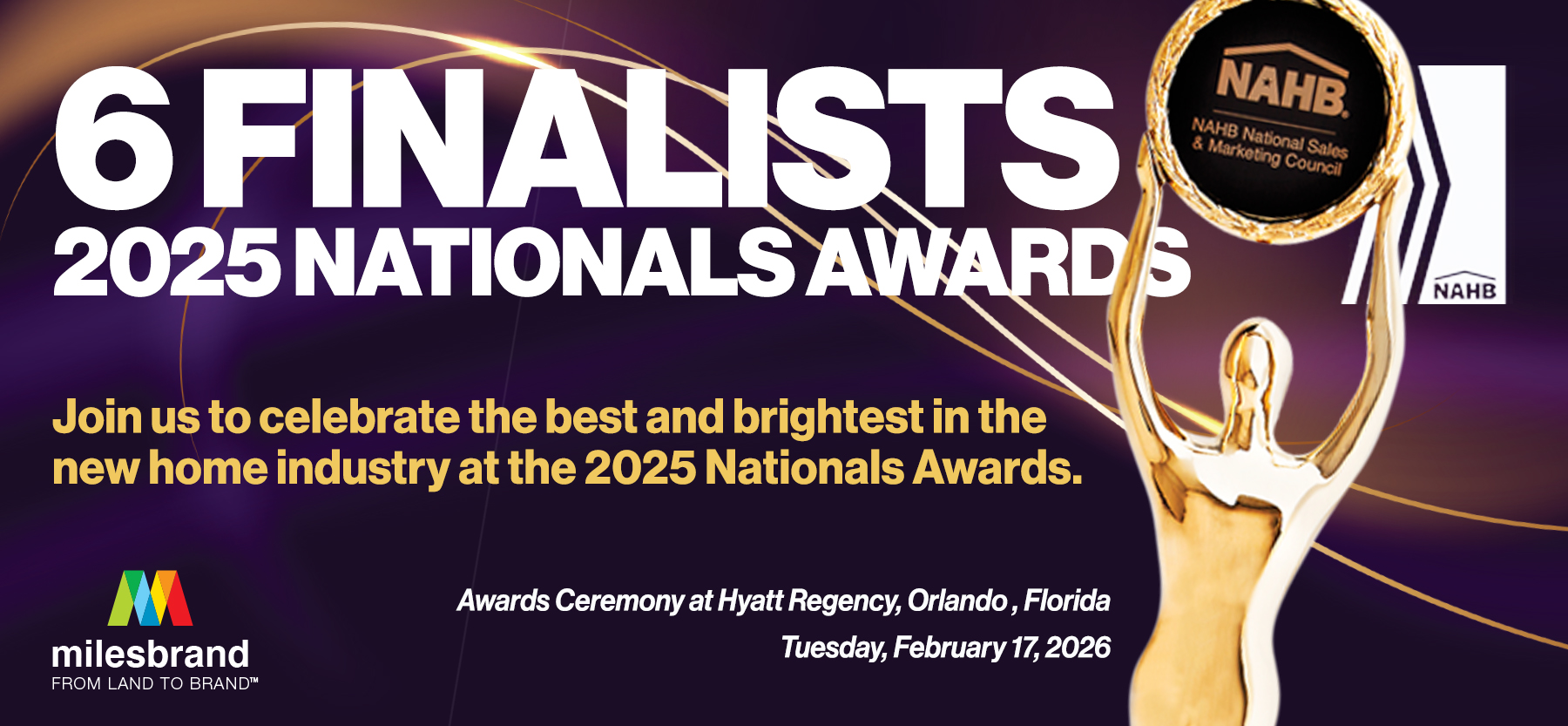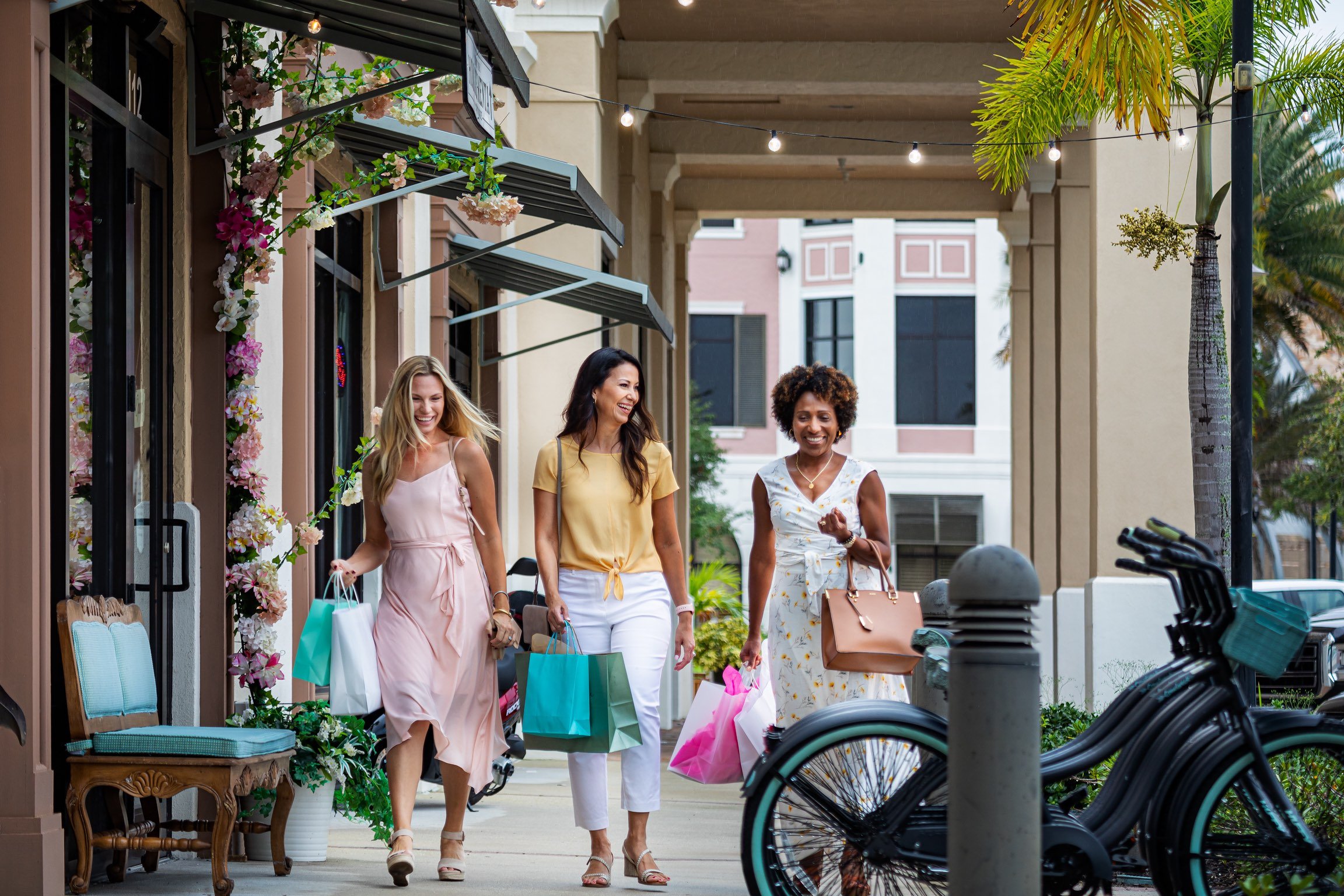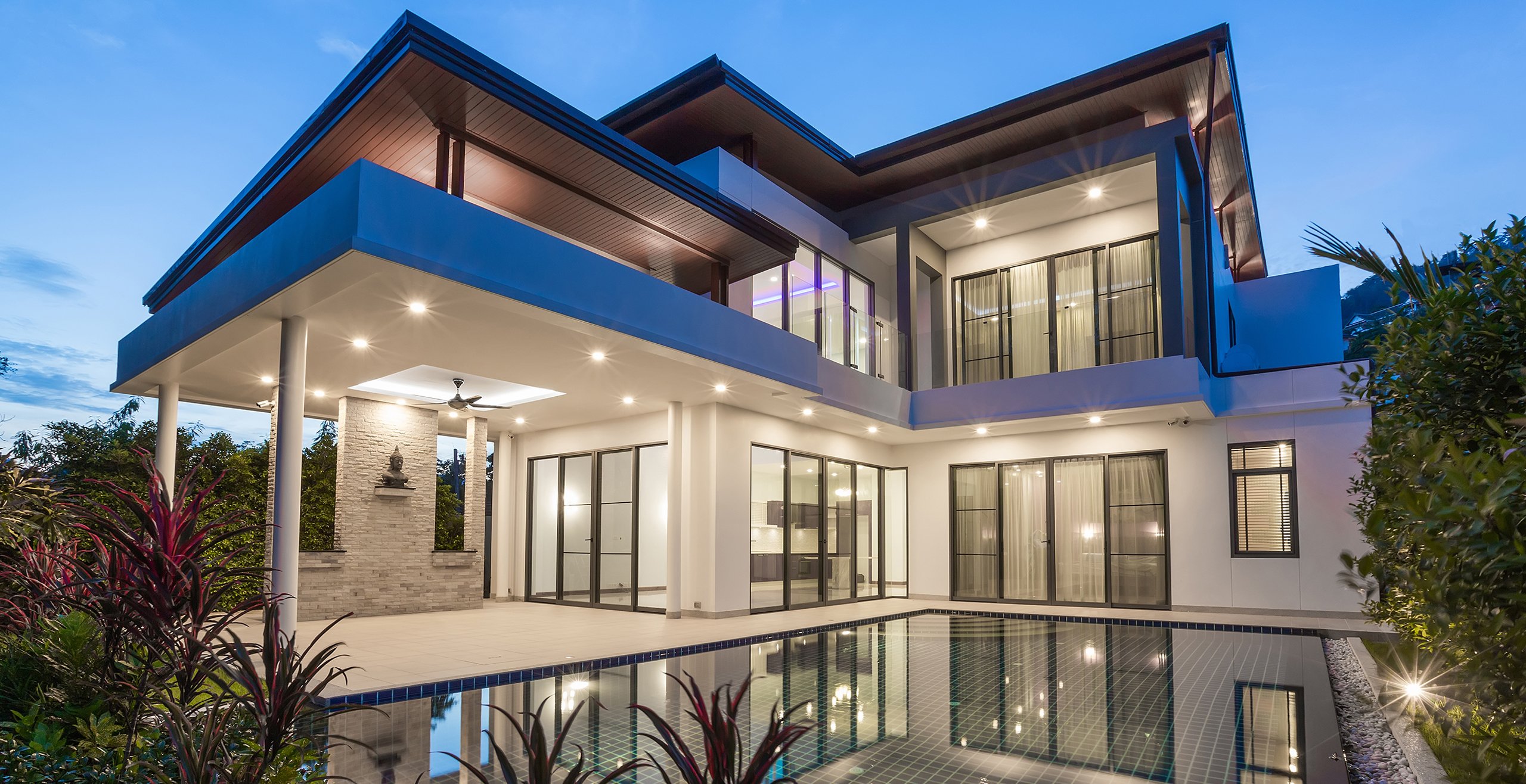August 17, 2022
Developing For Wellness – Why Developers are Positioning Communities Around Wellness
Just as concepts of wellness have infiltrated travel, food and fitness, they’re now reaching into residential real estate. People are now focused on living healthier lives, eating better, exercising, and getting in touch with nature. In turn, many new home communities are designed to promote physical activity, interaction with nature and connection with the community beyond the property line. Residents might help tend a community garden, enjoy the peace and tranquility of a walking trail, or attend regularly scheduled concerts in an outdoor amphitheater.
Ideas about designing for wellness are changing how residential developments are built. This focuses on incorporating features (community gardens, walking trails, exercise rooms, yoga studios, swimming pools, tennis and pickleball courts) more common to spa resorts and high-end gyms.
“Wellness” is a buzzword that can be misused or gimmicky, but a new report from the Global Wellness Institute offers home builders and developers guidelines and a coherent analysis of how existing and new communities can use architecture, landscaping, sustainability and more to encourage social interaction and active lifestyles.
As wellness lifestyle real estate moves from niche to mainstream, the report predicted “building for wellness will become the norm.”
And when it comes to building for wellness, most developers live by the following five principles to make the wellness experience complete:
1. People Focused
Focusing on people means developing for how people live today and the activities they want to participate in. How homes are positioned on home sites to have the best views and optimal outdoor living spaces, as well as what homeowners have access to when they walk out their front or back door are keenly important. Can they walk down a sidewalk to a pocket park and sit with a neighbor on a bench, go to the dog park to throw a frisbee for the family pet, or access walking trails that connect to a neighboring park?2. Health
Community engagement is a powerful vehicle for bringing about changes that improve the health of a community and its residents. But for developments, the connection between the built environment and personal health may not yet be apparent. A shared vision of a healthy community must take root before it can be cultivated and brought to bear on land development.
Incorporating a community garden, walking trails, workout stations and other gathering places like a swimming pool, a community fire pit or an amphitheater all have a direct, positive impact on fitness and human health. But health goes beyond physical fitness, people need social interaction. Providing community activities and ways to stay mentally active and challenged is as much a part of health as being physically fit. Places with high levels of social isolation, which can be exacerbated by the lack of public spaces and transit options, are correlated with declines in well-being and higher health costs. Loneliness, depression and anxiety can stem from social isolation.
3. Make Healthy Choices Easy
Prevailing land use practices often present real and perceived barriers to change. Planning and design can create the hardware – cleaner, safer, more beautiful streets with a variety of transportation options – to overcome the physical barriers to an active lifestyle. And programming – easy, fun and inclusive opportunities for all – can serve as the software to surmount the perceptions that keep people from changing their behavior.
By developing and designing communities that center around a healthy lifestyle, it makes it easy for homeowners to get healthy and stay healthy. Incorporating physical and mental wellness into the design of a community is essential. And this process starts early on with a team that understands the importance of wellness.
4. Promote Access to Healthy Food
Because diet affects human health, access to healthy food should be considered as part of any development’s land plan. When considering what constitutes a healthy community, planners and developers often fail to assign food the same prominence as open space or housing mix. The role of healthy food in our communities, however, is much more comprehensive: It’s a real estate amenity, community builder and project differentiator. Some ideas of how to do this include adding a farm to table restaurant to a mixed-use community or a master planned neighborhood, incorporating a community garden with a focus on growing fresh seasonal vegetables, building a walking trail to facilitate access to the farmer’s market that takes place at the park next door.
5. Exercise/Activity
Physical activity was designed almost completely out of everyday life. That is why planners and developers more and more are providing assets that help with exercise and activity within a residential development. From wide sidewalks and walking trails, exercise rooms, yoga studios, swimming pools, playgrounds, sports fields, tennis and pickleball courts, fitness trails with parcourse stations, developers are offering plenty to choose from in terms of exercise and activity in living that healthy lifestyle. The key is to make it easily accessible and part of the community’s flow versus something that a homeowner has to go out of their way to participate in.
How to Promote Wellness?
Is Wellness an important aspect to building your next residential new home community? How can you successfully promote wellness when incorporating it into your next community? Milesbrand is here to help. We are a full-service agency dedicated to the real estate industry offering branding services plus traditional and online marketing services. Contact us today to for next steps!

.jpg)










